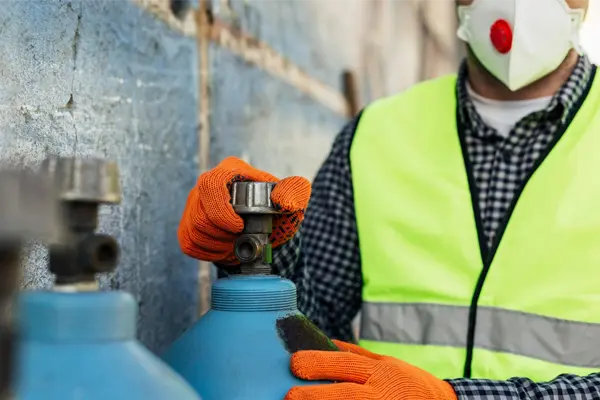
The Future of Gas Safety Standards: What You Need to Know
As the global energy landscape continues to evolve, gas safety standards are undergoing significant changes to ensure both efficiency and environmental responsibility. The future of gas safety standards is closely tied to technological advancements, regulatory shifts, and the growing need for sustainability. Understanding these changes is crucial for businesses in the gas industry to stay compliant and ahead of the curve.
Advancements in Technology
One of the most significant drivers of change in gas safety standards is technological innovation. The advent of smart sensors and real-time monitoring systems allows for better detection of leaks, pressure fluctuations, and other potential hazards. These systems are becoming increasingly sophisticated, enabling more proactive safety measures. For example, predictive analytics can identify patterns in gas usage and equipment performance, providing early warnings for potential failures before they occur. This shift from reactive to proactive safety management is set to become the norm, enhancing the overall safety of gas operations.
Stricter Regulatory Guidelines
Governments and regulatory bodies worldwide are tightening safety standards in response to rising environmental concerns and the growing need to protect workers and communities. The future of gas safety will likely see more stringent regulations governing everything from the installation of gas systems to their maintenance and decommissioning. These regulations will focus on reducing the environmental impact of gas extraction, distribution, and usage. In particular, methane leak detection and reduction will be a key focus, as methane is a potent greenhouse gas.
Integration of Sustainable Practices
As the world transitions to greener energy solutions, the gas industry is also under pressure to adopt more sustainable practices. Future gas safety standards will not only focus on minimizing risks but also on ensuring that gas production and distribution are as environmentally friendly as possible. This includes reducing emissions, improving energy efficiency, and implementing systems that are more resilient to environmental stresses, such as extreme weather events. Sustainability will be a core component of future safety standards, ensuring that the industry adapts to the demands of a changing world.
The Role of Automation
Automation is another trend shaping the future of gas safety. Automated systems will take on more responsibility for monitoring, regulating, and controlling gas flow, reducing human error and increasing efficiency. Drones and robotic systems are being used to inspect gas pipelines, reaching areas that are difficult or dangerous for human workers to access. This not only improves safety but also reduces operational costs by streamlining maintenance processes.
Conclusion
The future of gas safety standards is characterized by innovation, stricter regulations, and a strong emphasis on sustainability. As technology advances and environmental concerns grow, gas safety practices will continue to evolve, making the industry safer and more efficient. Staying informed about these changes and adopting best practices will be essential for businesses to remain compliant and competitive in the future.
Subscribe